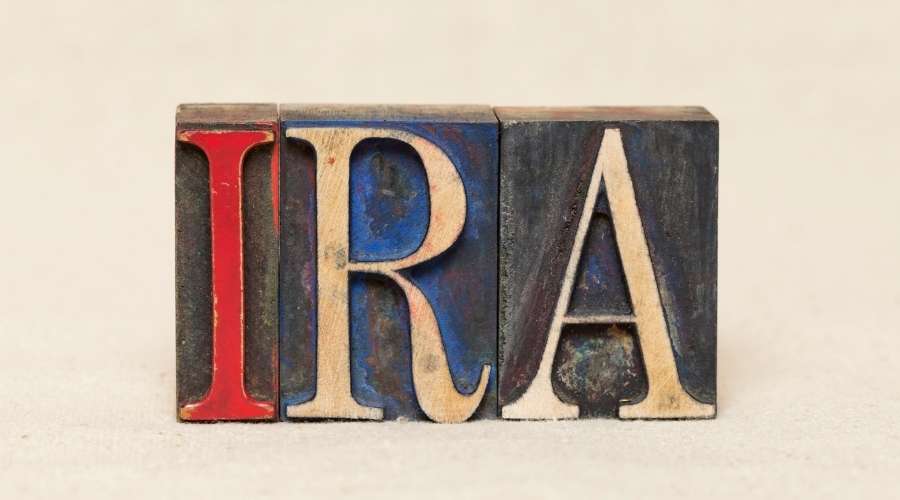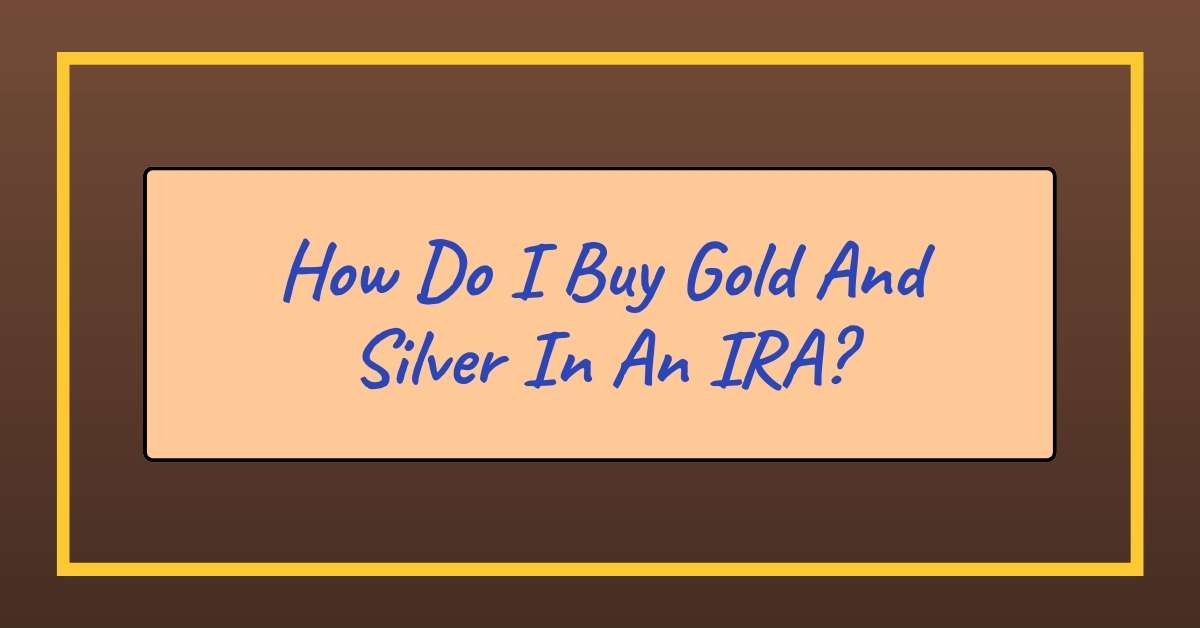Investing in gold and silver is a commonly discussed topic at the dinner table, but for many Americans, learning how to buy it without breaking the bank is confusing. In this article, we’ll discuss the process of buying gold or silver and what you should know before starting.

What is an IRA?
An individual retirement account (IRA) is a tax-advantaged savings and investment account that allows you to save for your retirement. An IRA can be used to buy gold and silver, just like any other type of investment.
You should provide information about your income and assets to open an IRA. Once your account is open, you can contribute cash or investments, such as gold and silver. You may also be in a position to deduct your IRA contributions from your taxable income.
Here are a few things to remember when investing in gold and silver through an IRA.
- You will likely pay tax on the value of the investments when you withdraw them, so it’s essential to calculate the tax consequences before making a decision.
- Your IRA account is subject to IRS restrictions, so you can’t invest in certain high-risk investments. Consult with a financial advisor if you have questions about what assets are allowed in your IRA.
- If you are 70 1/2 or older when you make your initial contribution, you may be eligible for an annual penalty-free withdrawal of up to $10,000 per year without penalty.
Learn How Do I Buy Gold And Silver in an IRA?
If you are looking to invest in gold and silver, there are a few things you need to know. The first step is determining if you want to buy individual coins or invest in metal mining companies. Once you have decided on your options, finding a reputable dealer is next. There are a few ways to purchase gold and silver in an IRA account:
- Buy coins from a physical store: This is the easiest way to buy gold and silver, but it can be expensive. You can find reputable coin dealers online or in your local newspaper.
- Buy metals from a mining company: This is the least expensive option, but it requires more research. You will need to research the company before making a purchase.
- Invest in gold and silver ETFs: ETFs offer investors the ability to buy and sell shares of gold and silver bullion without having to deal with the hassle of buying and selling individual coins. ETFs are usually cheaper than bullion, but they may not offer the same level of security as purchasing coins from a physical store.
Common Mistakes Investors Make When Buying Silver and Gold
One of the investors’ most common mistakes when buying silver and gold is not fully understanding their options. There are different ways to buy silver and gold in an IRA, so it’s essential to understand each one to make the best decision for your situation.
Here are three different ways to buy silver and gold in an IRA
- Exchange-Traded Funds (ETFs) are a great way to invest in silver and gold without worrying about price fluctuations. They allow you to trade shares of the ETF throughout the day, which gives you more flexibility if the price of silver or gold goes up or down. Plus, many ETFs offer rebalancing services, which helps keep your portfolio balanced over time.
- Mutual Funds – mutual funds are another great way to invest in silver and gold. They typically offer lower fees than ETFs and have more diversification than individual stocks. That means your mutual fund will still perform well even if the silver or gold market goes down.
- Bullion Coins – bullion coins are a great way to buy silver and gold without dealing with price fluctuations.

Conclusion
If you are interested in buying gold and silver in an IRA, you should know a few things. First, you will likely need to consult with your financial advisor to see if this is something that is feasible for you and meets your investment objectives. Second, it’s essential to remember that purchasing precious metals through an IRA can be expensive so ensure that you have a good understanding of your investment goals before making the decision. And finally, it’s always a good idea to shop around and compare prices because although some providers offer lower premiums, they might also charge higher transaction fees or commissions.
